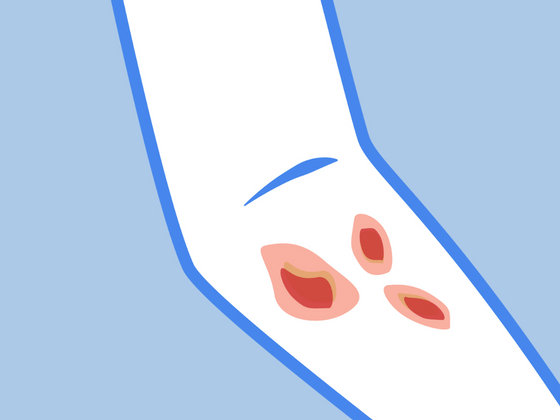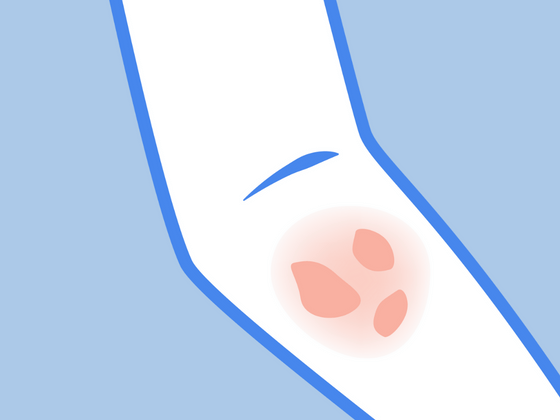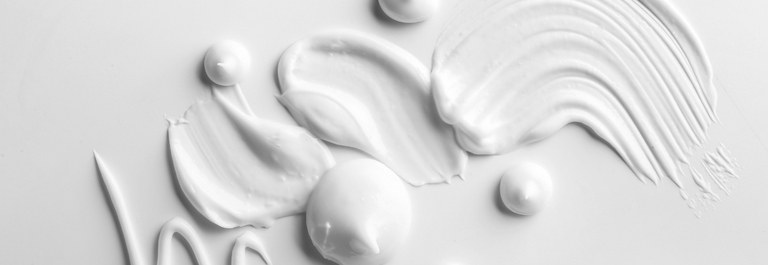Are you experiencing peeling eczema?
While peeling skin is often a sign of healing from damage, your body may be shedding the skin’s outer layer for a different reason. For example, your eczema skin may be peeling off because of the effects of environmental factors like wind and dryness. Peeling skin may also be a sign of exfoliative dermatitis.
In this post, we explore eczema skin peeling in more detail, including:
- What is exfoliative dermatitis?
- What causes eczema skin peeling?
- Natural ways to treat skin peeling after an eczema flare up.
Keep reading to learn more about peeling eczema and how to manage it safely.
What is exfoliative dermatitis?
Exfoliative dermatitis is also called erythroderma. Exfoliative refers to the shedding of the skin, while dermatitis means inflammation or irritation. Although this skin condition is associated with redness and itchy skin, its main characteristic is peeling skin. Exfoliative dermatitis involves peeling skin over at least 90% of the body. In addition to these symptoms, exfoliative dermatitis can also result in flu-like symptoms like chills, inflammation, and colour changes in the skin.
What causes exfoliative dermatitis?
Healthy skin cells typically regenerate every 27 days. But underlying health conditions or triggers can cause the rapid turnover of skin cells, meaning that they die or shed too quickly.
Skin peeling doesn’t always have a clear cause, but potential reasons can be a pre-existing medical condition or certain medications. In severe cases, the peeling skin condition can lead to dehydration, infection, loss of nutrients, and heart failure.
Other causes of eczema skin peeling
In some cases, eczema skin peeling could indicate the end of a flare-up and be a sign of healing. If this is the case, you’ll notice that your skin appears less irritated each passing day.
Unfortunately, it could also be a sign of topical steroid withdrawal (TSW). This reaction occurs when your body is easing off steroid creams and experiencing withdrawal symptoms. Signs of TSW include flaking, shedding, peeling, swelling, redness, burning, and itching.
How to soothe and manage peeling skin
Skin peeling can be uncomfortable, embarrassing, and painful. Fortunately, there are some safe and effective ways you can manage peeling skin.
Baby & Adult Soother
This gentle eczema cream treats rough, red, flaking, dry and irritated skin. Free from colorants, artificial fragrances, preservatives, and chemicals, it’s a soothing choice for those with even the most sensitive skin. Even babies can benefit from its healing properties! Thanks to its certified safe herbs, which are particularly helpful in soothing sunburn and windburn, it helps accelerate the healing of your peeling skin.
Grass-Fed Tallow Balm
Treat your skin to natural relief with this moisturizing and nourishing balm. This simple tallow moisturizer is the perfect addition to your paleo skincare routine. Choose between two lovely formats: unscented or with lavender essential oil.
Organic Calendula Salve
This organic calendula salve is an excellent choice for babies and adults alike. With healing and moisturizing ingredients like beeswax, this eczema balm works wonders on dry, cracked, peeling or sensitive skin. Give it a try today.
Organic Calendula Oil
We love this ultra-moisturizing and fast-absorbing calendula oil. You can apply it directly to your cracked, dry or peeling skin – or add it to your bath for an extra boost of hydration . Whatever method you choose, your skin will appreciate its healing properties.
Protect your peeling skin today.
If your peeling skin is causing pain or discomfort, give these natural solutions a try to protect and soothe your skin.








